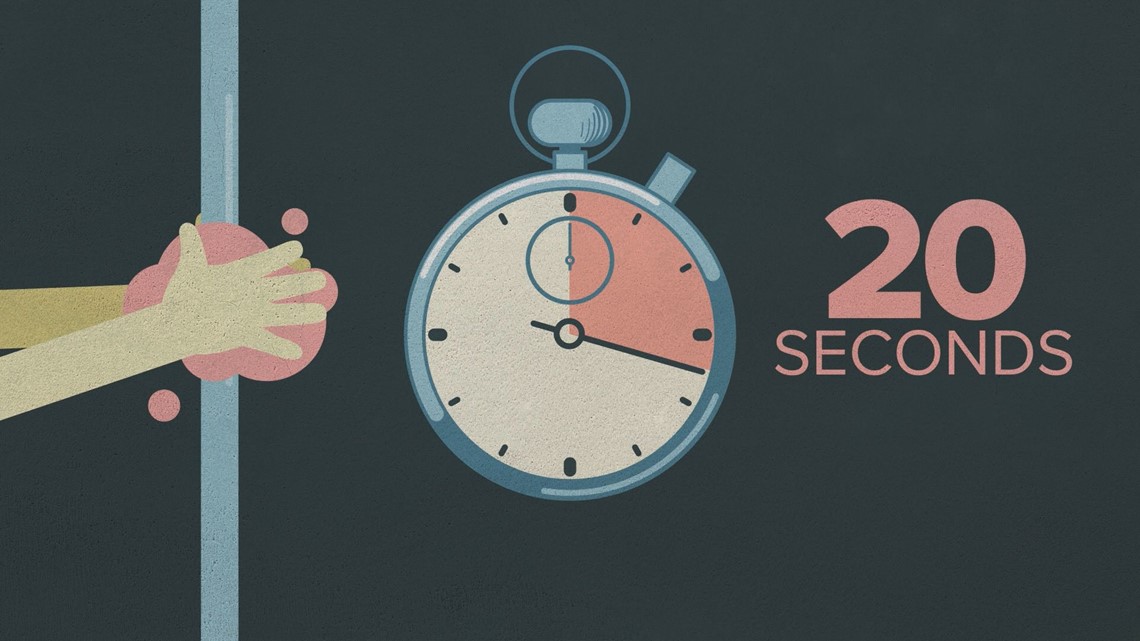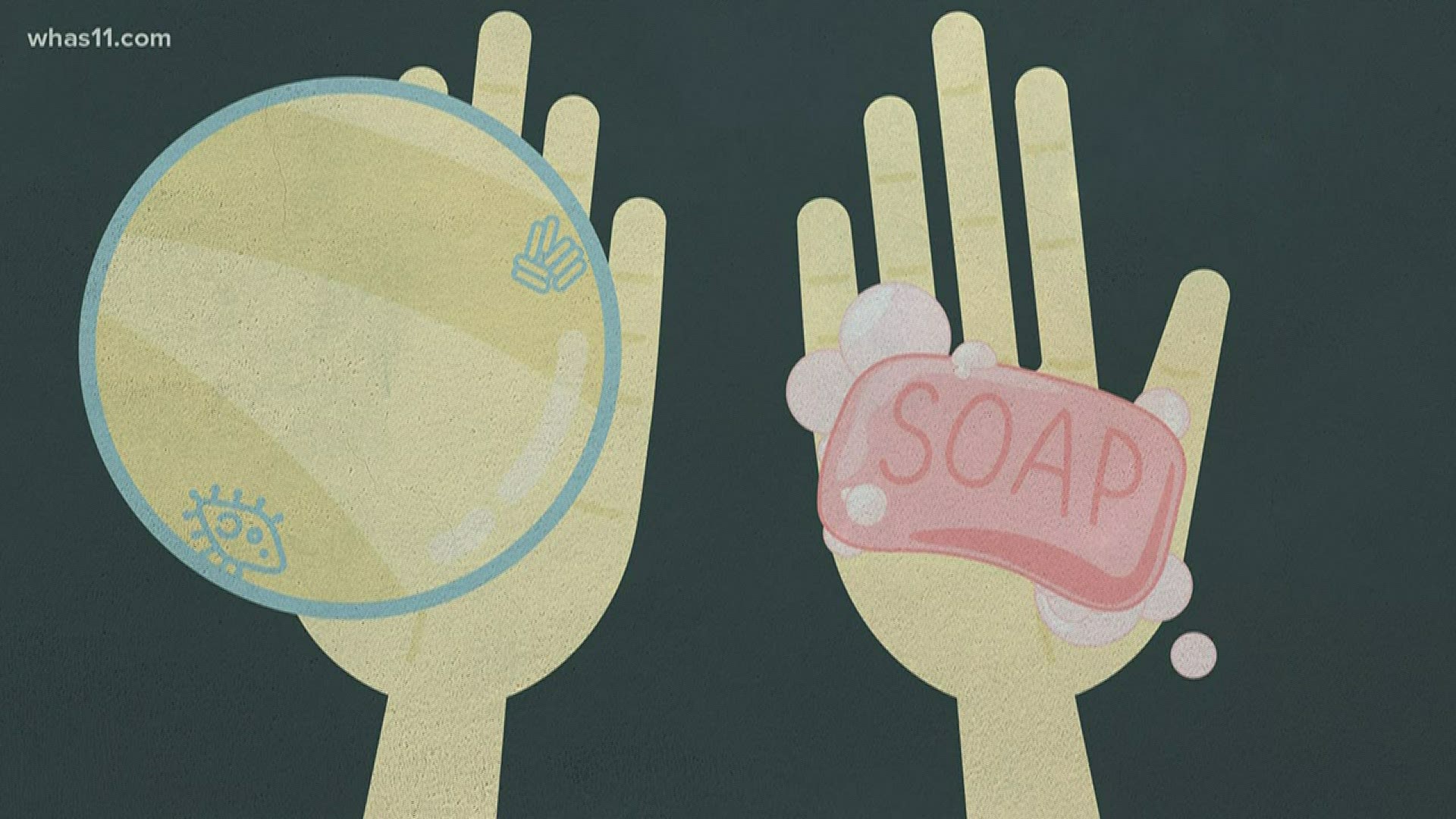If you’ve been washing your hands a million times a day recently - and face it, who hasn’t? - you may have wondered why soap is so good at getting the job done when it come to fighting off the COVID-19 coronavirus,.
Scientists, doctors, politicians and the media have all been saying over the last few months that it’s incredibly important to wash with soap and water for at least 20 seconds, but many people only know that it cleans their hands, and not why.
The science behind soap is pretty straight forward, so let's break it down.
Soap is made of up molecules that have two sides. One side is drawn to water (called "hydrophilic" and one side absolutely hates water (called "hydrophobic").
When mixing soap and water, the molecules get to work by attacking different sections of whatever is being cleaned; the hydrophobic side runs away from the water and attacks oils and other non-H2O compounds such as fats, while the hydrophilic side clings to the water and helps to rinse away the oils and other unfavorable items. This is why soap and water combined do such a good job at cleaning your dishes.
In terms of washing your hands and protecting you from the coronavirus, the interactions are almost exactly the same.
COVID-19 has an outside layer that is made up of what is known as a "membrane of oily lipid molecules," which essentially protect the virus’s insides from being destroyed by water. This is where soap comes in.
The hydrophobic (water-hating) side of the soap molecules attach to the outsides of the coronavirus and pull it apart. This exposes the water-soluble (meaning, able to be destroyed by water) insides of COVID-19 to water during a simple hand washing experience. If you're having a hard time picturing this (we get it, science is tough), think of it like a game of "he loves me, he loves me not," where you pull of flower petals until they're all gone, hoping you end on that "he loves me." Except here, the molecules are pulling off pieces of the outer layer of COVID-19 to expose the inside of the virus, which can be destroyed by water.
Eventually after enough time, the soap molecules attach and surround the inner workings of the virus (known as the micelle), and then water is able to wash what is left of the virus away.


Now to the final question: why does this take at least 20 seconds to work?
Simply put, your hand has a lot of cracks and crevices. Viruses thrive on being able to inhabit tiny spaces, which your hands have a lot of.
Washing for 20 seconds gives the soap and water molecules enough time to get into all of the places that you didn’t even know your hand had.
Hand sanitizer also works to kill the virus, thanks to alcohol and a process called denaturing, which kills germs and bacteria.
The key when using hand sanitizer is to make sure it contains at least 60% alcohol.
For more information, visit the CDC website for infection prevention tips.
MORE FROM WHAS11:
Make it easy to keep up-to-date with more stories like this. Download the WHAS11 News app now. For Apple or Android users.
Have a news tip? Email assign@whas11.com, visit our Facebook page or Twitter feed.

